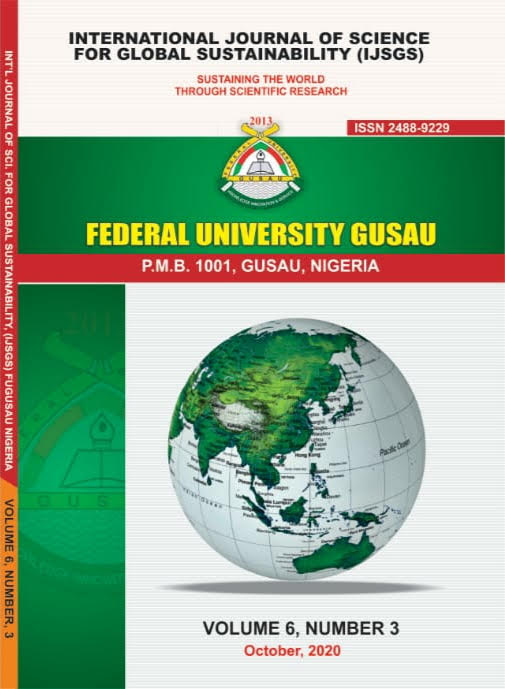Larvicidal Effects of Eucalyptus and Tamarind Methanolic Leaves Extracts Against anopheles gambiae Complex
DOI:
https://doi.org/10.57233/ijsgs.v6i3.88Keywords:
Larvicidal, Anopheles gambiae complex, Medicinal plants, leaves extract, Africa, Malaria, VectorAbstract
Synthesis of Natural insecticides from plant origin against mosquito vectors have been the main concern for research due to their high level of eco-safety. Controls of mosquitoes in their larval stages are an ideal method. The present study was specifically conducted to compare the larvicidal efficacy of methanolic leaves extract of tamarind and eucalyptus against Anopheles gambiae complex. Probit analysis reveals the differential pattern of mortality among the studied plants with tamarind having the highest number of mortality recorded (LC50 246.275 µg/ml and LC90 1937.015 µg/ml).This result showed that it has the least concentration to kill 50% and 90% of the larvae while eucalyptus has the highest concentration ( LC50 430.828 µg/ml and LC90 2284.741 µg/ml) to kill the 50% and 90% of the larvae within 24 hours of exposure. However, the result shows that mortality increases with prolong exposure time. Therefore, results suggested that extract of the two plants possess significant larvicidal activity and might be considered natural source for production larvicides.













